Charcoal drawing can be an incredibly rewarding form of artistic expression, offering the ability to create rich tones, deep blacks, and a wide range of textures. For beginners, diving into the world of charcoal can seem daunting, but with a handful of essential tips and an understanding of the basics, anyone can unlock their potential as a charcoal artist. This guide provides actionable advice to help novices set the stage for success in charcoal drawing, from selecting the right materials to mastering foundational techniques.
Choosing Your Materials
Starting with the Right Charcoal
Begin with a basic set of charcoal materials, which typically includes vine charcoal, compressed charcoal, and charcoal pencils. Vine charcoal is soft and erasable, making it perfect for sketches and lighter tones. Compressed charcoal, available in various hardness levels, is dense and produces darker, more defined lines. Lastly, charcoal pencils are ideal for detail work and finer lines. Selections in hand, beginners can experiment to learn the properties and applications of each type.
Selecting Appropriate Paper
Charcoal drawing requires a specific type of paper that is both textured and heavyweight to hold the charcoal particles. Look for paper labeled as “charcoal paper” or try other specialty papers designed for pastels or multi-media use. These papers come in various tones, but starting with a white or light gray paper is best for beginners, as it makes learning to control value and tone easier.
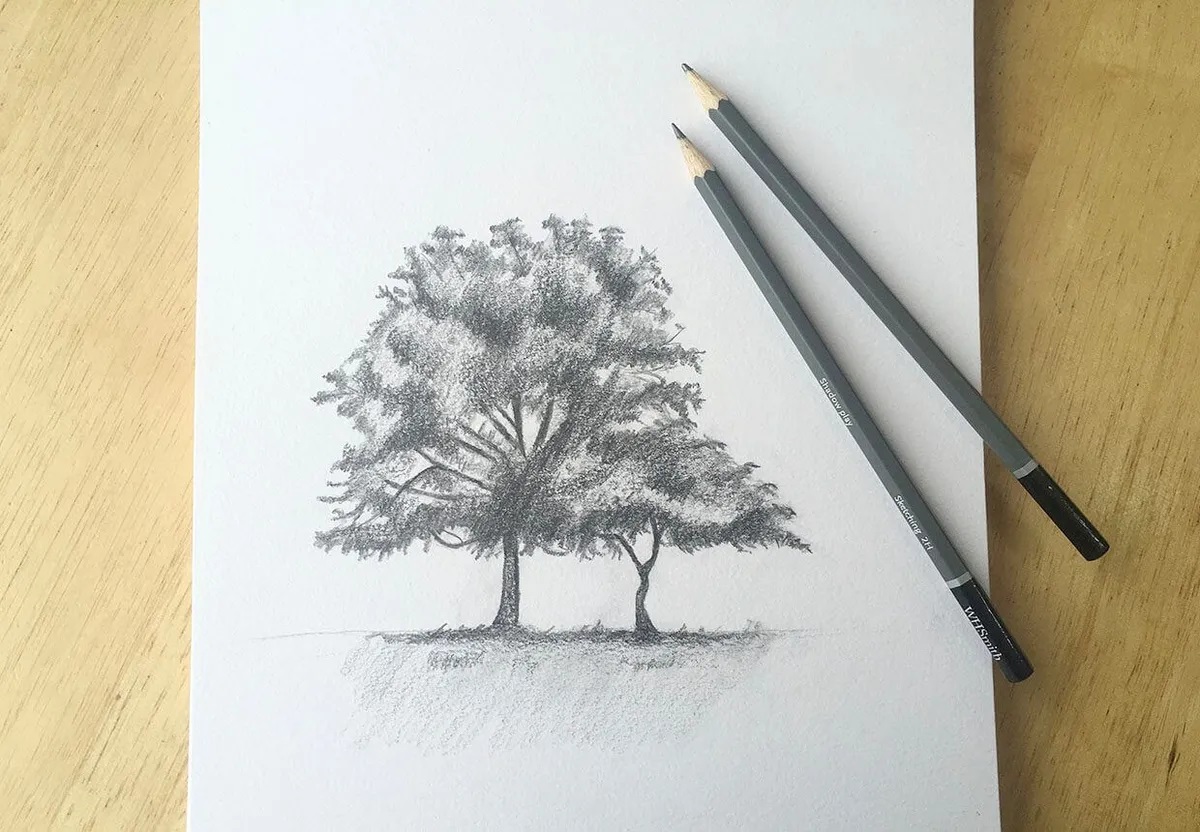
Fundamental Techniques to Practice
Understanding Tonal Values and Contrast
Tonal value is the darkness or lightness of a color, and understanding it is crucial to charcoal drawing. Practice creating a value scale where you gradually transition from light to dark tones. This exercise helps you gain control over the pressure applied while drawing, affecting the depth of the charcoal on the paper. High contrast between lights and darks often gives charcoal drawings a dramatic and three-dimensional effect.
Mastering Blending and Layering
Blending charcoal can soften lines, create shadows, and smooth transitions between differing tones. Use your finger, a paper towel, or a blending stump to experiment with blending techniques. Layering involves applying charcoal gradually to build up depth and richness of tone. This technique lets you correct mistakes by going lighter or darker, rather than trying to achieve the right shade in a single pass.
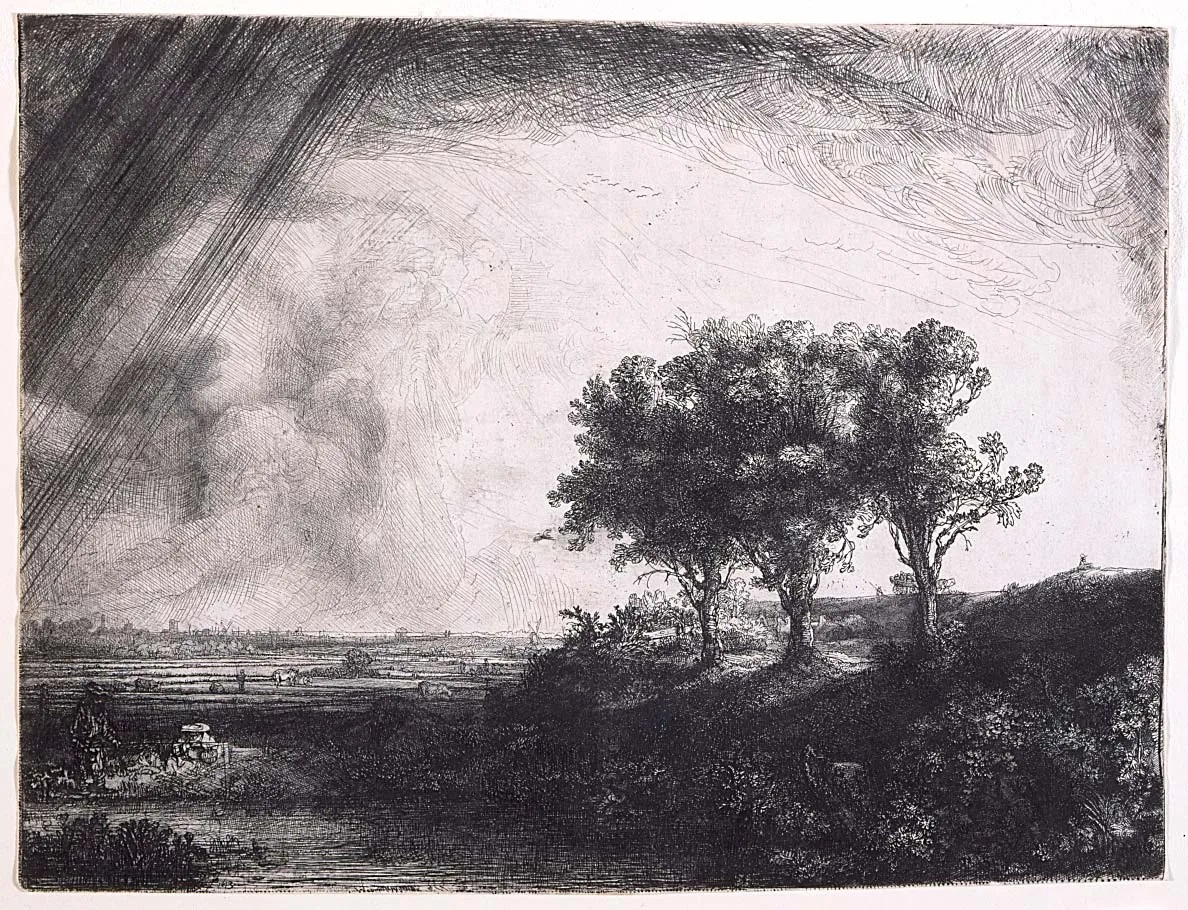
Developing Good Drawing Habits
Keeping Your Workspace Clean
Charcoal can be a messy medium. Maintain a neat workspace by keeping a damp cloth or paper towels handy for wiping your hands and tools. Use a fixative spray or hairspray to set your drawings and prevent them from smudging. A fixative will also help preserve your work for longer periods. Ensure proper ventilation while using any sprays to avoid inhaling harmful fumes.
Organizing and Protecting Your Drawings
Protect your charcoal drawings by storing them correctly. Place a clean sheet of paper on top of your drawing before closing your sketchbook or before stacking artworks in storage. If you don’t have a portfolio case, you can also use large envelopes or folders to keep dust and light away from your charcoal drawings. Regularly take inventory of your work to monitor your progress and identify areas to focus on.
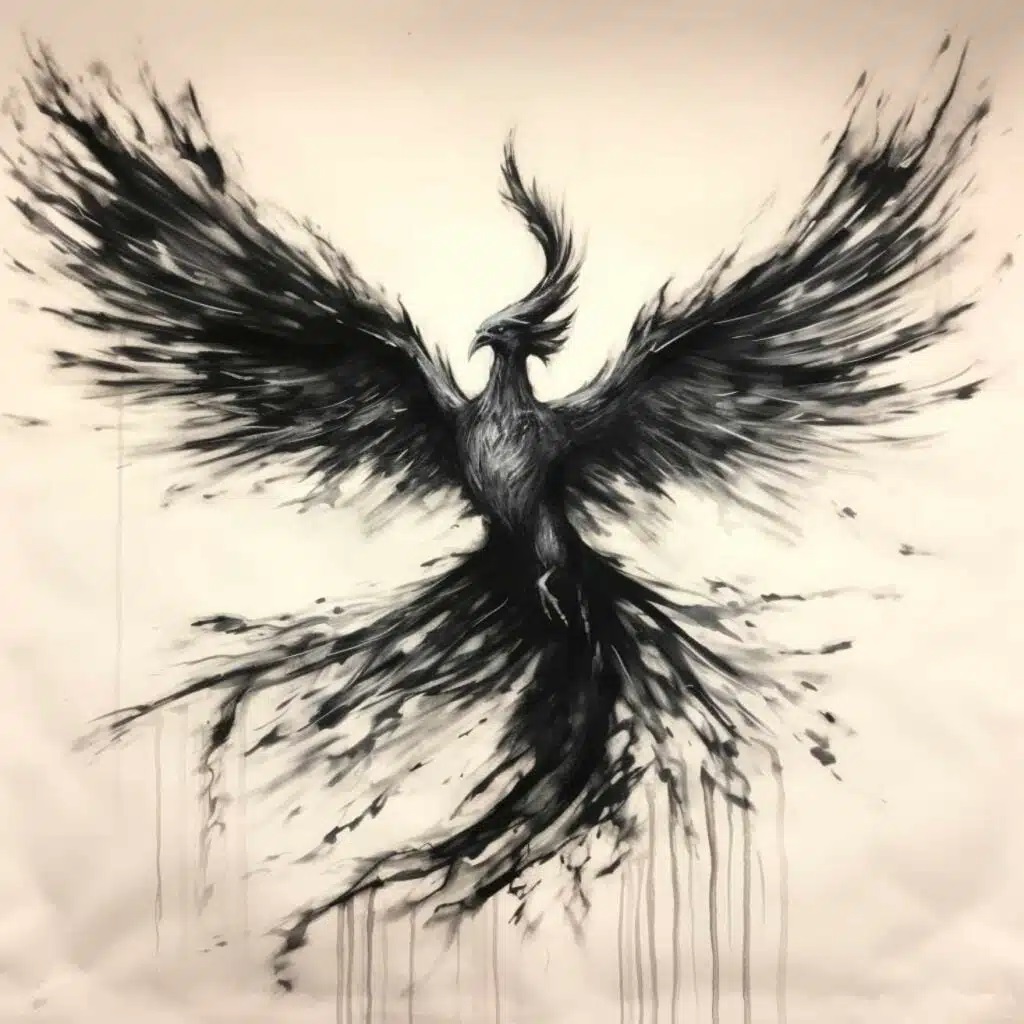
Embracing Your Unique Drawing Style
Experimenting with Creative Techniques
Allow yourself the freedom to experiment with the charcoal medium. Try different mark-making techniques like hatching, cross-hatching, stippling, or using the edge of a piece of charcoal to create broad swaths of tone. There is no right or wrong way to use charcoal, so finding a method that feels right to you is part of the creative process.
Reflecting Your Personal Expression
As you grow more comfortable with charcoal, begin to reflect on your personal style and what you enjoy drawing most. You might be drawn to landscapes, portraits, still life, or abstract forms. Embrace these preferences and use them to direct your practice, allowing your unique artistic voice to come through. Remember, every artist is different, and your charcoal drawings should be a reflection of your uniqueness.
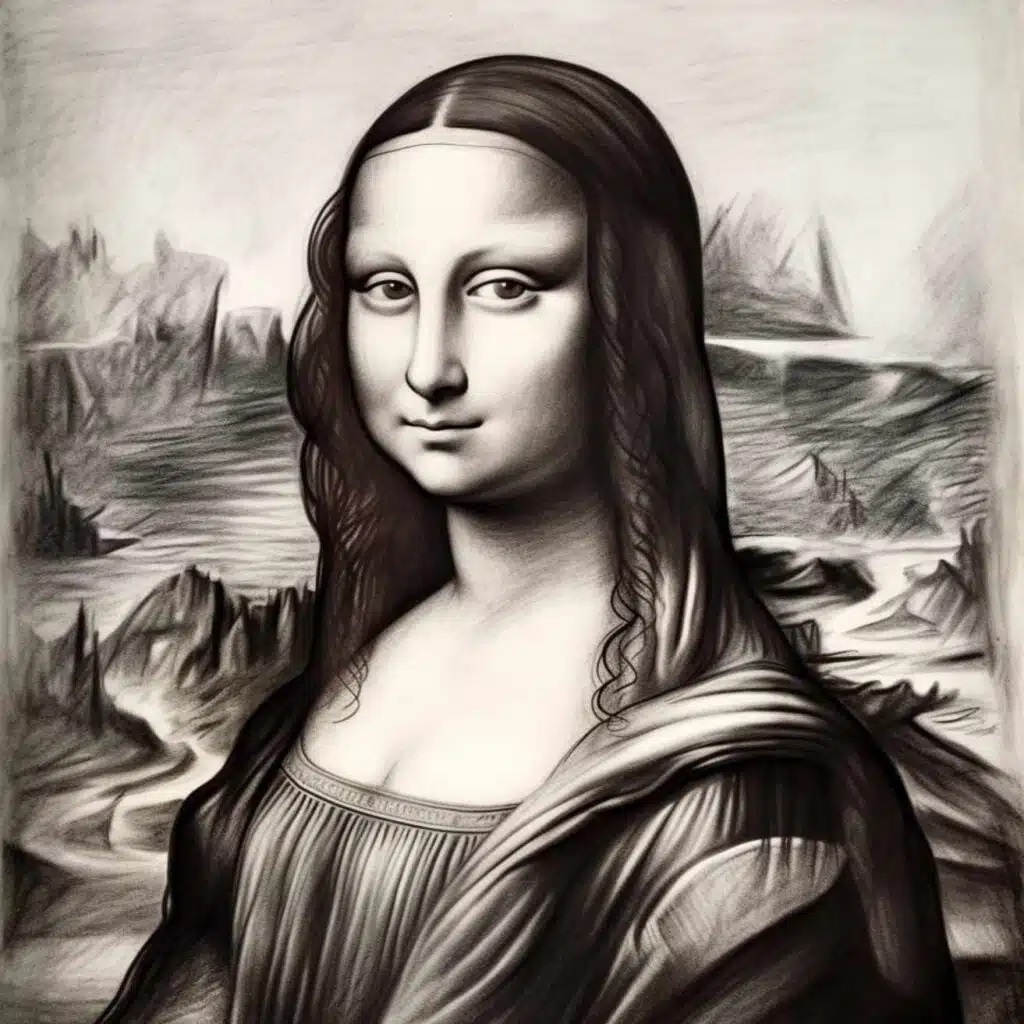
Building Technique with Fun Exercises
Exploring Pressure and Movement
One of the first things beginners should get comfortable with is the amount of pressure to apply when drawing with charcoal. Start by practicing applying different levels of pressure to see how it affects the darkness of the lines. Create a series of squares on your paper, and fill each one with varying shades of charcoal, from lightest to darkest. Playing with movement can also expand your repertoire, so try making lines while moving your entire arm versus just your wrist, noticing the differences in fluidity and line quality.
Creating Texture and Form
Charcoal is adept at depicting texture and form, which can bring your drawings to life. Practice by choosing objects with distinct textures around your home, like a fluffy pillow or a rugged piece of wood, and replicate their surfaces on paper. Similarly, practice drawing basic shapes like spheres and cubes, paying attention to how light naturally hits these objects to create shadows and highlights. Practicing these fundamentals can help you build up to more complex compositions.
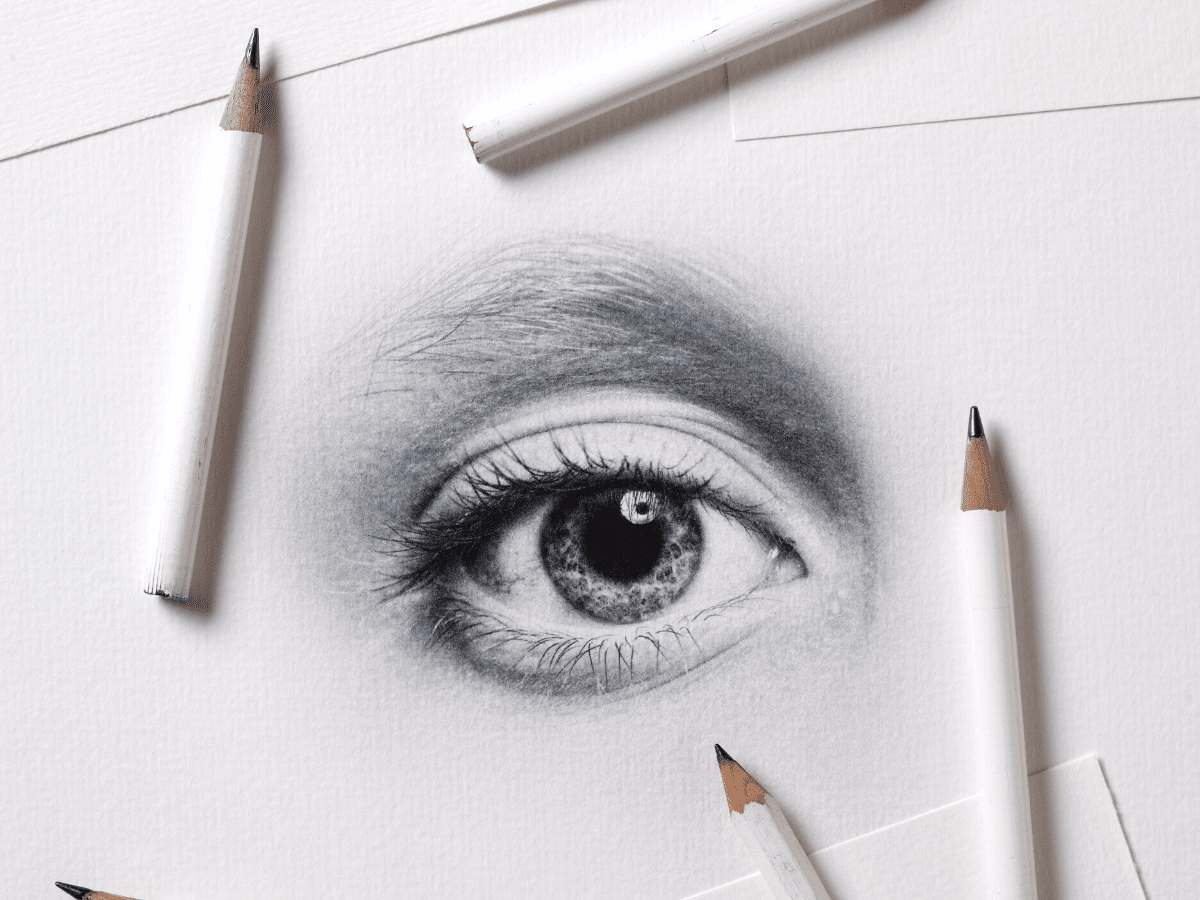
Overcoming Common Challenges
Dealing with Smudging
Smudging is a common occurrence when working with charcoal, but it is also a tool. In addition to intentional blending, accidental smudges can also be incorporated into your artwork. Learn to work with them by integrating these marks into shadows or using an eraser to clean up edges. To prevent unwanted smudging, you can strategically place a clean piece of paper under your drawing hand as you work.
Avoiding Overworking Your Drawing
A challenge for many beginners is knowing when to stop working on a drawing. Overworking can cause a piece to lose its freshness and liveliness. To avoid this, set clear intentions for your artwork before you start and periodically assess your progress. Step back from your work often to view it from a distance, and be willing to stop when the essence of what you wanted to capture is present.
By incorporating these essential tips for selecting materials, practicing fundamental techniques, developing good drawing habits, and embracing your style, you’ll be well on your way to making the most of charcoal drawing as a beginner. Stay patient with the process, accept that learning involves making mistakes, and celebrate each step forward in your artistic journey. Keep practicing, exploring, and above all, enjoying the expressive power that charcoal drawing has to offer.